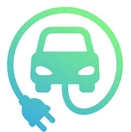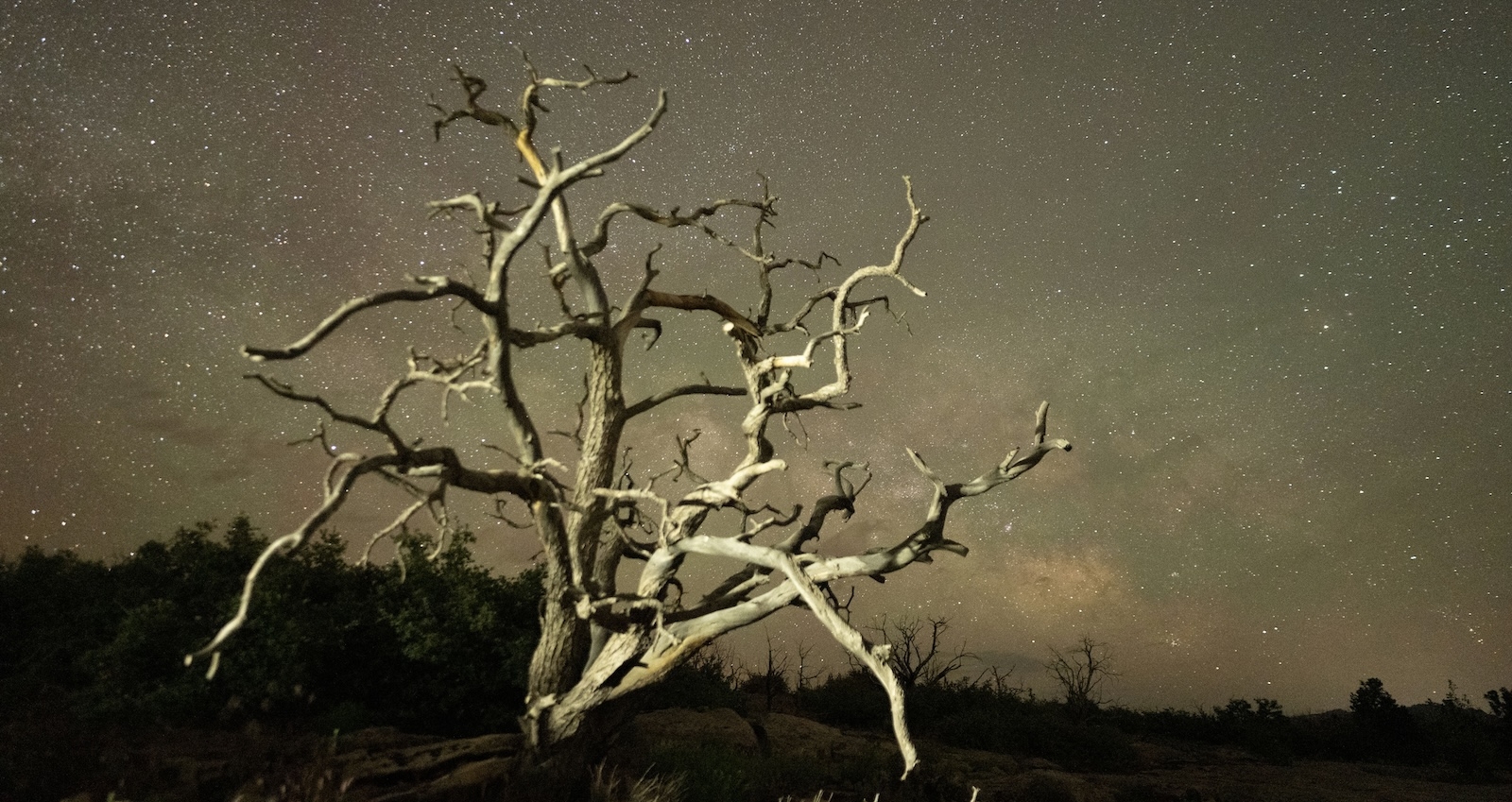The fleet officially launched on September 4, and it represents another step along the decarbonization pathway. Before the year 2000, cars were the main mode of transportation into the park. The shuttle service was introduced in 2000 to help cut down on congestion, deploying propane instead of diesel fuel to reduce pollution.
“More than 4 million people visited Zion National Park in 2023,” the National Parks Service observed in a press statement. “Zero-emission buses improve the visitor experience with higher total capacity on board and quieter operations as the vehicles move through the park, and modernize a fleet of propane-powered vehicles that were in service for over 20 years.”
As an illustration of the all-hands-on-deck approach to vehicle decarbonization, the new electric buses were acquired through a $33 million grant from the US Department of Transportation, and the unveiling event was attended by National Park Service Director Chuck Sams, US General Services Administration Administrator Robin Carnahan, and Kaibab Band of Paiute Indians Chairman Roland Maldonado along with local officials and representatives from the nonprofit organization Zion National Park Forever Project, which is credited with advocating for shuttle buses to manage traffic.
“The National Park Service began providing free shuttle service in the park’s Zion Canyon and the Town of Springdale in 2000,” the National Park Service explains, adding that the system evolved in collaboration with Springdale, the Federal Highway Administration, and the Utah Department of Transportation along with input from other state, county, and municipal stakeholders.


